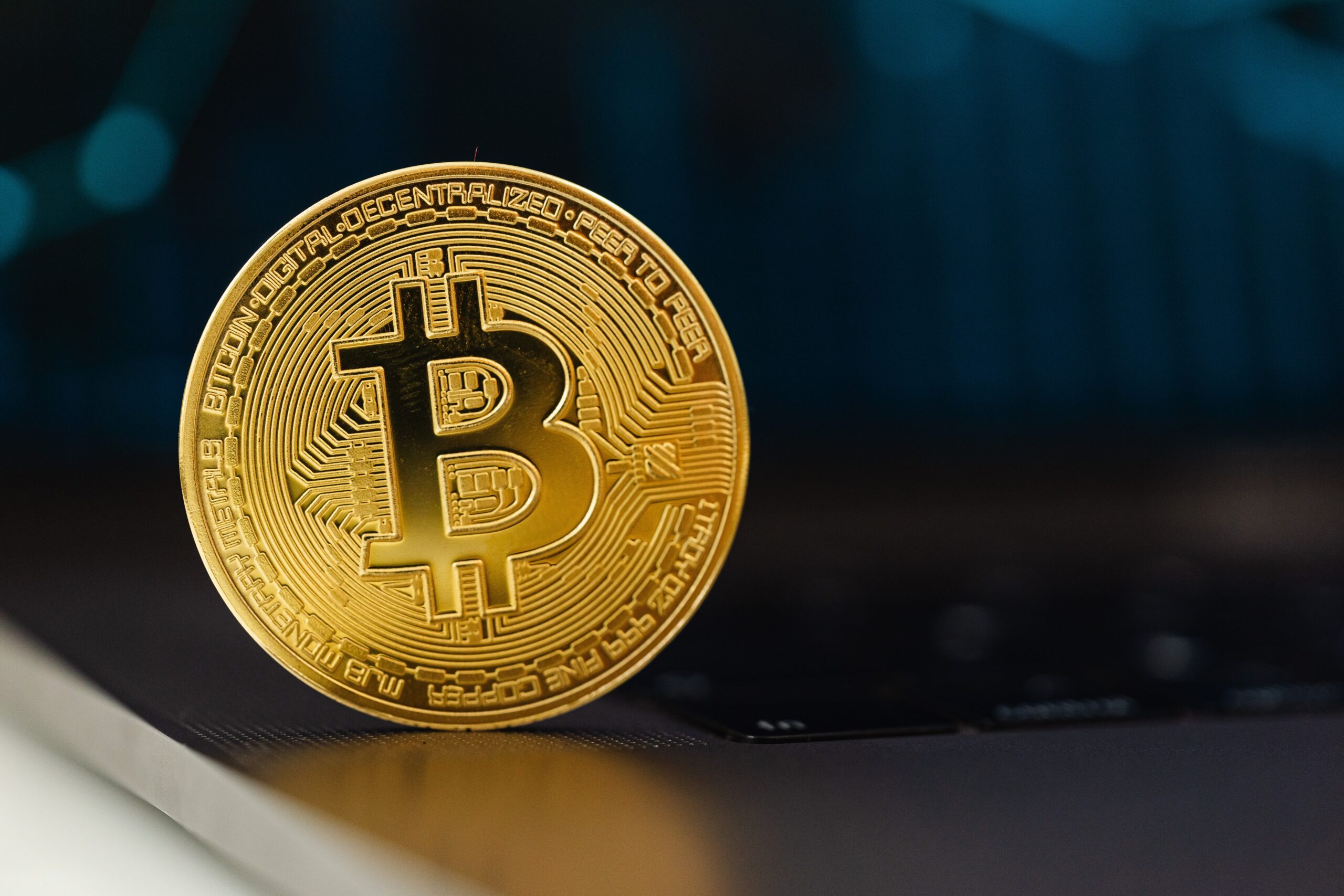What is Halving and How Does It Affect Bitcoin’s Price?
The total of bitcoins that can ever be mined on the planet is capped at 21 million, making the currency's circulation highly regulated. The protocol for this cryptocurrency includes halvings as a way to prevent the value of individual coins from falling over time. The process of...

The total of bitcoins that can ever be mined on the planet is capped at 21 million, making the currency’s circulation highly regulated. The protocol for this cryptocurrency includes halvings as a way to prevent the value of individual coins from falling over time. The process of mining for bitcoins results in monetary compensation being distributed to the miners. Their reward is halved every 210 thousand blocks that are mined after which it remains unchanged. This is a division by half.
How the Halving Process Works
The reward that is given to miners for their work in creating bitcoins is going to be cut in half. You must first have an understanding of how new bitcoins are created before you can comprehend how this system operates.
Miners employ robust computing hardware in order to tackle complex cryptographic riddles. Take, for instance, the ASIC. This is essential for the verification and confirmation of transactions that take place in the blockchain network of this cryptocurrency. Miners are rewarded with newly created bitcoins for each problem that they complete successfully.
At certain intervals, the block reward is halved, which results in an increase of 210 thousand blocks. The term for this is halving. This occurs approximately once every four years.
The History of Bitcoin’s Halving
In November of 2012, the Bitcoin supply was cut in half for the first time. After then, the amount of bitcoins awarded for the creation of a block dropped from 50 to 25.
The second event took place in July of 2016, and it resulted in the award being reduced to 12.5 bitcoins.
On May 11, 2020, the third and final halving of the population took occurred. At this time, the prize is 6.25 bitcoins.
As soon as there are 21 million bitcoins in circulation, the creation of new bitcoins will come to an end.
Over ninety percent of all bitcoins have already been mined as of this moment. However, according to the calculations, they will no longer be mined in the year 2140 because their production decreases by one-half with each halving that occurs. The operation is as follows: Mining bitcoins becomes less profitable as the reward for doing so decreases.
When this occurs, rather than receiving a reward for mining cryptocurrency, miners will receive a commission for confirming transactions instead. In other words, they will be auditors whose job it will be to make sure that the same bitcoin is not used twice in the same transaction.
The most recent halving took place in May of 2020, and by 2021, the price of Bitcoin had surpassed its previous all-time high, reaching more over $60,000 at that point. After the halving that took place in 2016, a similar incidence took place. Bitcoin reached its all-time high the year after it reached that point.
Bitcoin’s value went down after each of these peaks. The price of bitcoin has dropped by close to 40 percent since it reached an all-time high in November. At this time, the price is $39,000.
Why is halving necessary?
In response to the financial crisis that occurred in 2008, Satoshi Nakamoto developed bitcoin. He was attempting to create a decentralized monetary system that would function more efficiently than the centralized one that is currently in place. For instance, a central bank’s ability to produce standard currency in unlimited quantities, which will lead to hyperinflation, is one cause of the phenomenon. 2007 was the year that this took place in Zimbabwe.
Since halvings were programmed into the protocol of the initial cryptocurrency that was developed by Nakamoto, this should not have occurred with bitcoin. Bitcoin mining is becoming increasingly difficult, which is contributing to the rise in value of each individual coin.
There is a lack of unanimity amongst some people regarding the precise method of calculating the value of bitcoin. According to Daniel Waterloo, an associate professor of industrial technology and management at the Illinois Institute of Technology, “measuring the genuine deflationary value of bitcoin is challenging because most enterprises do not accept bitcoin as payment.”
Conclusion
The supply of the first cryptocurrency needs to be contained, and halving is necessary in order to keep its value from falling. That is to say, the higher the cost of mining new bitcoins, the fewer new bitcoins will be mined overall, leading to an increase in the value of each bitcoin.
